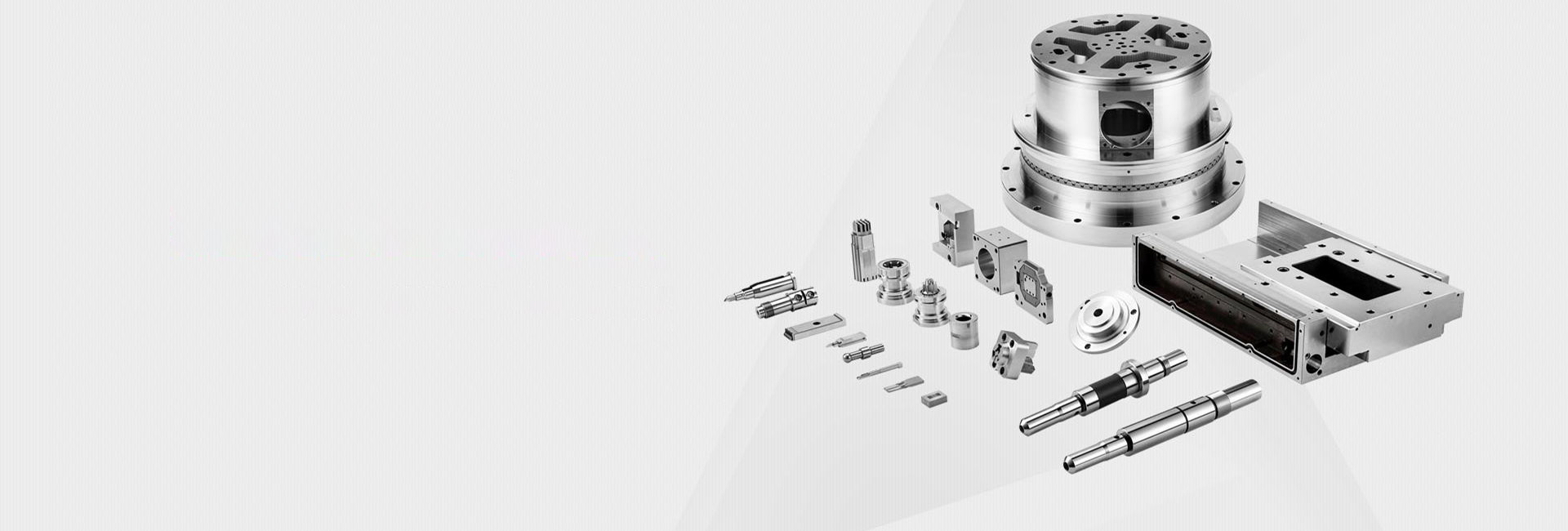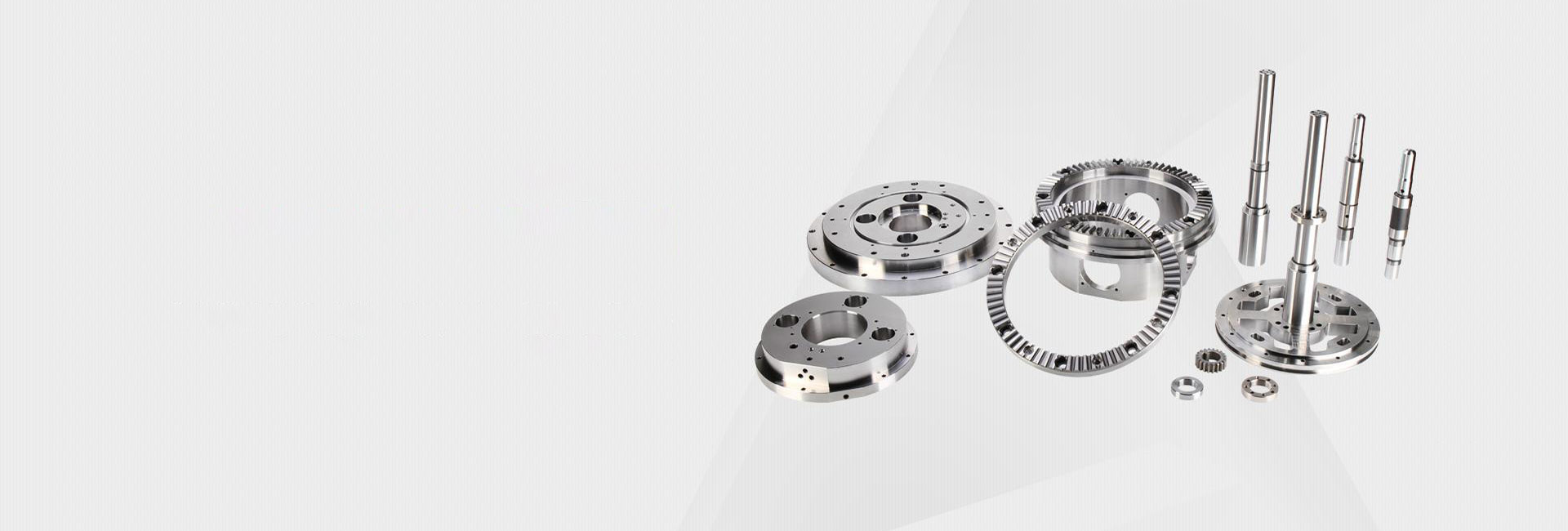5 Advanced CNC Machining Techniques for Aluminum Plates
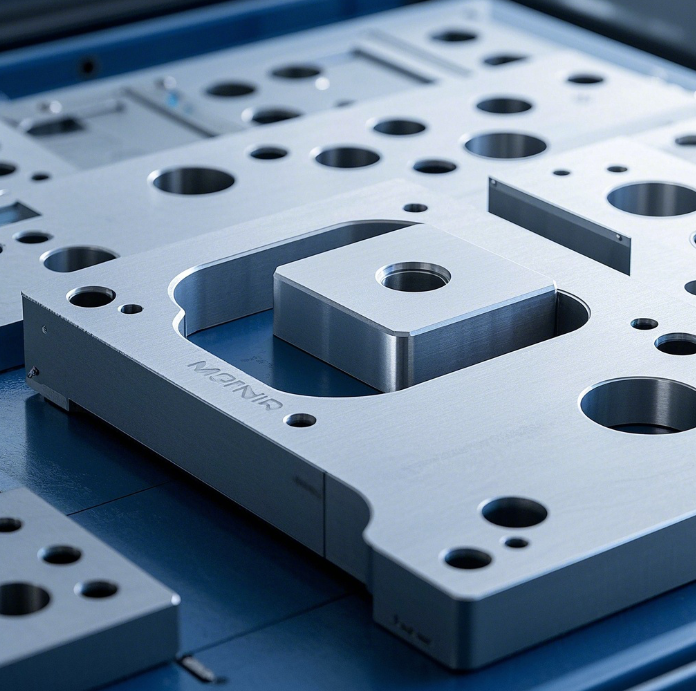
Aluminum plates are widely used in industries like aerospace, automotive, and electronics due to their lightweight and durability. CNC machining offers precision and efficiency in processing aluminum plates. This article explores key methods to optimize your production.
1. Choosing the Right Cutting Tools
For aluminum plates, carbide or diamond-coated tools are recommended. These materials reduce heat buildup and extend tool life. High-speed steel (HSS) tools can also be used but may require more frequent replacements.
2. Optimizing Feed Rates and Speeds
Aluminum is softer than steel but can gum up tools if not machined correctly. A feed rate of .1-.3 mm/tooth and spindle speeds of 10,000-15,000 RPM are ideal for most CNC aluminum machining applications.
3. Effective Cooling Strategies
Use flood coolant or mist systems to prevent overheating and improve surface finish. Proper cooling also helps in chip evacuation, reducing the risk of tool clogging.
4. Precision Fixturing for Thin Plates
Thin aluminum plates can warp during machining. Vacuum fixtures or custom clamps ensure stability and maintain dimensional accuracy throughout the CNC machining process.
5. Post-Machining Treatments
Anodizing or powder coating can enhance corrosion resistance and aesthetics. Deburring is also crucial to achieve smooth edges and meet strict industry standards.
At AOOM, we specialize in high-precision CNC machining of aluminum plates. Our advanced equipment and skilled technicians guarantee quality results for your most demanding projects. Visit our website to learn more about our capabilities.
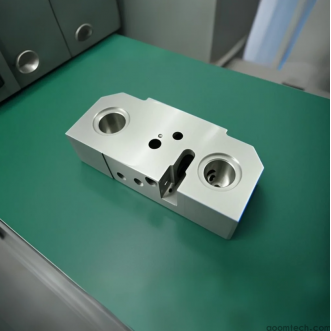 Your Guide to Custom Non-Stand
Your Guide to Custom Non-Stand
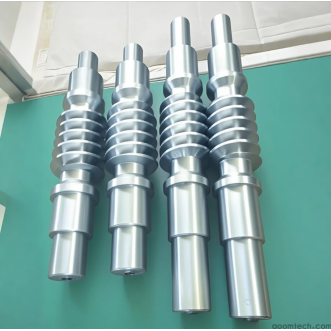 Best Materials for CNC Machini
Best Materials for CNC Machini
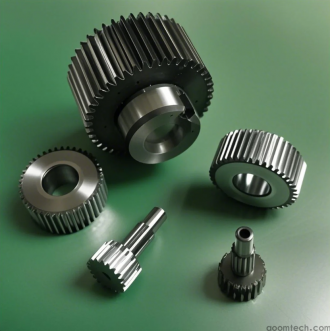 Your Guide to CNC Machining Ge
Your Guide to CNC Machining Ge
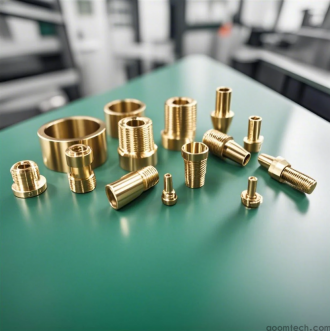 What Tolerance Can You Expect
What Tolerance Can You Expect

